I have divided the blog for Monday the 19th into three separate postings, as we were in three very distinct places. We were also traveling along, and I wanted to be sure each spot got a pin in the map.
Our first stop of the day was at Aztec Ruins National Monument. This is another NPS site which
preserves a great house from the Chacoan period. The house here included about 400 rooms, and was the largest outside of Chaco Canyon. It was excavated
in the late 1920s and into the early 1930s by a man named Earl Morris, also for
the American Museum of Natural History. Morris was an archaeologist definitely
of his time. For one thing, he
reconstructed the Great Kiva on site in 1934.
He did not build a new one based on what people had learned about Kivas
at that time; he actually rebuilt the ruins.
We would not likely do that today.
It is interesting to see what we think a working Kiva looked like, but
we don’t know how much of what we see is original and how much the modern
construction. For another thing, Morris
built himself a house on the site.
This is understandable enough, as he worked there
for 7 years, but in so doing, he took materials from the site and used them in
the construction of the house. The ceiling beams, for
example, all came from the Great House, and, apparently (I did not hunt) you
can still see the ancient axe work in places.
Morris would no doubt have brought the Elgin Marbles back to England,
too. It’s how it was done in those days.
Two really interesting things about this stop: it is along a
river that has actual water in it all the time, and so for the first time in
several days, we encountered trees. The
river is lined with Cottonwood trees and, indeed, the whole town of Aztec
features trees. Nowhere else in the high
desert have we seen this kind of vegetation. The houses in Chaco Canyon beg the
question “Why here?” given the high desert terrain with little water, but the
river explains perfectly why here.
The other thing that I thought was really interesting is
that the park video focuses on the problem of perspective.
The term “Aztec Ruins” is not an appropriate
name for this park, though it has been in use since its inception (1907)—taken
from common parlance of the day. But the
Aztec people never lived here—the term was commonly used for anything
Indian—and the term “ruins” is offensive to the Pueblo people who believe that
the site was never abandoned. They
believe that the spirits of their ancestors abide here, and that the “ruins”
are a living place. They still come here
to pay tribute to their ancestors in many ways.
The film also talks about the differences between park
interpretation of the historical events and the Indian viewpoint. The park (and this was also true at Chaco
Culture) asks the question “Why did the builders abandon the site?” They then propose various possibilities. As at Chaco Culture, they suggest internal or
external strife or the collapse of agriculture due to drought. Here they also add the possibility that
perhaps the people just determined that their time here was finished and that
they needed to move on in the long journey with which they had been tasked at
the time of their arising on earth.
That last is a belief of at least some of
the 21 clans of Pueblo people who still live in the Four Corners area.
When we were in Grand Portage last year, we read that that
site is now being administered jointly by Indians and the National Park
Service, and they are trying to rectify the problem of the white man’s
interpretation of Indian beliefs, values, practices, and way of life. For one thing, it was there that we learned that
the Indians prefer the term “Indian” to “Native American.” No such effort appears to be underway here
yet, but at least the film acknowledges that the traditional white man’s
presentation of these sites is not aligned with the Indians’ way of thinking.
After we viewed the little museum (which DOES have artifacts
on display—all on loan from the American Museum of Natural History), we took
the self-guided walking tour. The
architecture here is very reminiscent of the buildings in Chaco Canyon,
although this house did not have the distinctive D-shape. The rest of the construction however was
pretty much identical. It is believed
that architects from Chaco Canyon came here in the early 1000s to contribute to
the building of this place, which was under construction for about 200 years.
The people left the site by about 1300 CE, the same time at which the Ancestral
Puebloans left Chaco Canyon.
Notes from this tour in the photo captions.
Side note: At one point, I clonked my head on a low door
frame, despite the fact that I thought I had ducked far enough. These doorways are small! I did not manage to give myself a concussion,
and the clonk stopped hurting after a couple of minutes. It remains to be seen whether I knocked some
sense into myself or not.

 Aztec Ruins National Monument, New Mexico, United States
Aztec Ruins National Monument, New Mexico, United States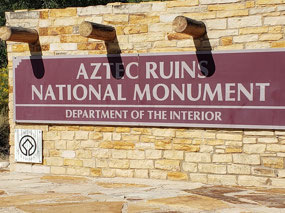
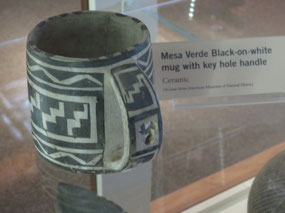
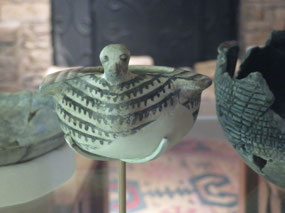
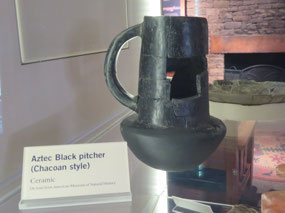


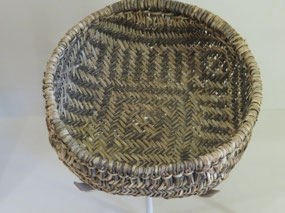
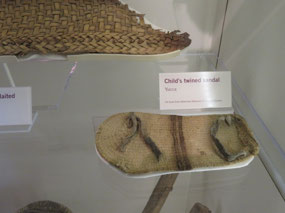
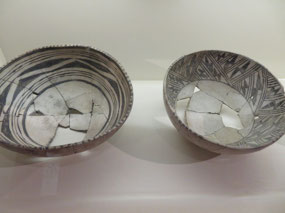
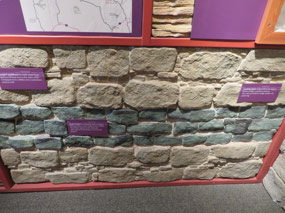

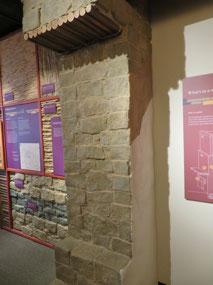
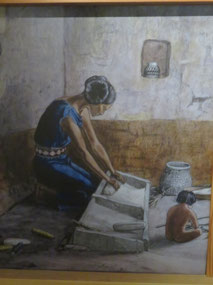


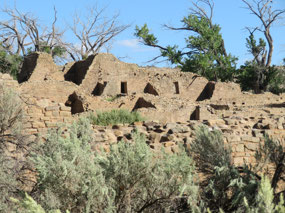
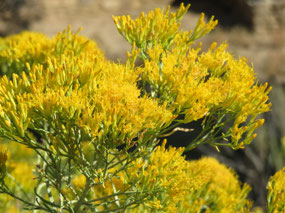
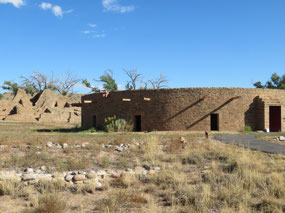
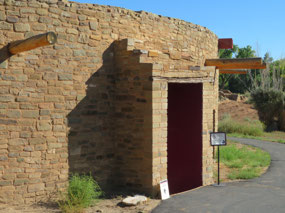
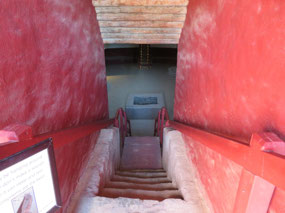
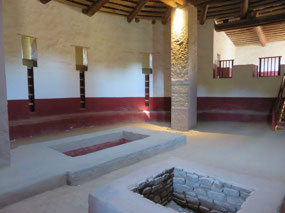
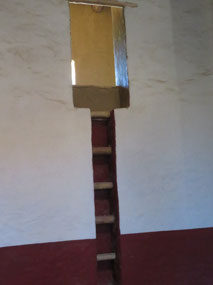
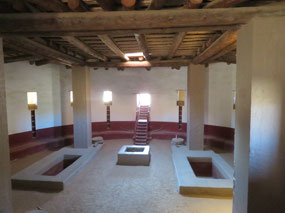
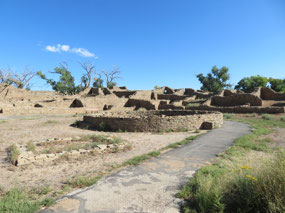
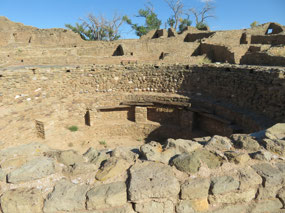
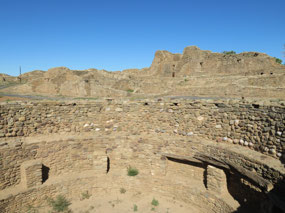
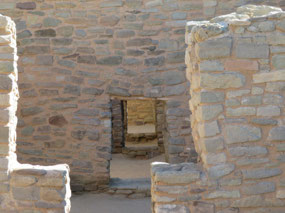
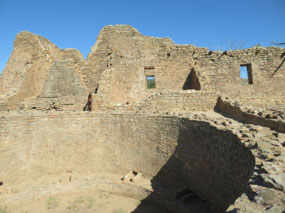
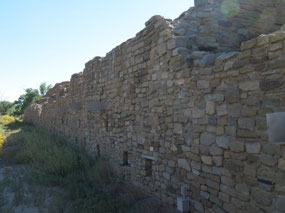
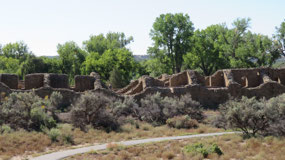
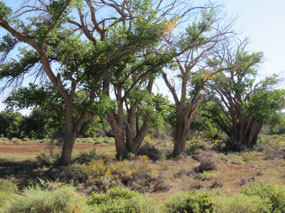
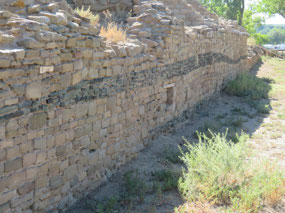
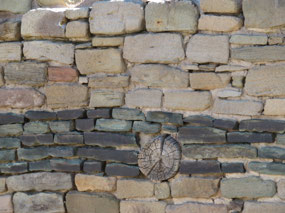

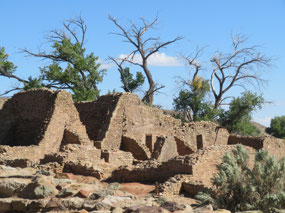
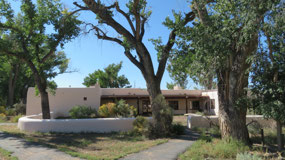
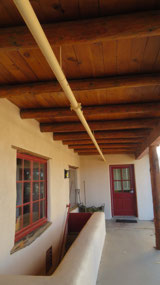
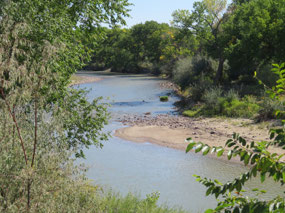
2025-05-22